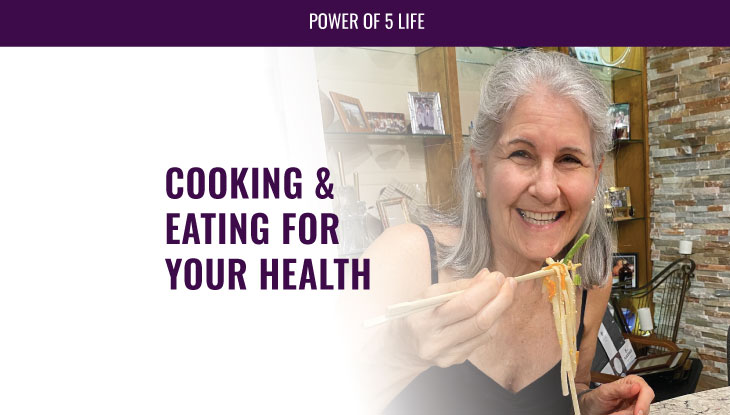As a geriatrician who guides care for older patients with complex needs, I will tell you a story and then provide a guide for getting the most from a visit to your doctor!
I recently experienced a unsettling visit with a new patient. I inquired why he wanted to see me as I was curious because I held his previous physician in high regard. This 85-year-old man was a sobering reminder to me of what a physician needs to practice in order to care for elderly patients.
He began by talking about the “absence of eye contact” accompanied by the “physicians obsession with his computer screen” which he perceived as a lack of interest and empathy. As he uttered these words, I abruptly took my eyes off my own computer screen, moved my chair closer to him, and leaned in to listen. I watched as he relaxed and opened up about his medical and personal concerns. He shared his feelings about how he would be able to manage his wife’s progressive Alzheimer’s disease, as his own health, at age 90, was deteriorating.
During the course of my career from experiences like this, I formulated a five letter acronym, Q.U.I.L.L. Its meaning has been a useful tool while addressing the complex needs of elderly patients, and its use ought not be limited to just primary care physicians, but used by all professionals.
Despite our entry into the computer age, all physicians still carry pens (a modern version of a Quill) to sign prescriptions and orders. In earlier times, a Quill was the instrument used by dipping it into an inkwell during the writing process. The essence of “Quill” is representative of what patients should expect during encounters with medical professionals.
Q.U.I.L.L. letters stands for the following:
Q – Quality of Care– provided at all times to patients. Quality interventions provide the foundation for meeting the goals of patients. It is not necessarily the quantity of tests or referrals. Among my senior patients the common theme is Quality of life vs. Quantity of days. They prefer having quality of life versus living in pain or suffering.
U – Understanding – being treated with dignity and respect as these are essential characteristics that patients should expect from their physician.
I – Promoting Independence – to live on your own, taking care of yourself which allows “aging in place”. Recognizing that age is just a number and whatever that number is, doesn’t limit a person’s ability to live independently.
L – Listening attentively to patients- patients look for the professional who can be a confidant, someone who provides good eye contact, is attentive and who they can trust.
L -“Lean in” – showing a genuine interest and empathy. Asking about your life, your children, your prior occupation and experiences, and sharing some of themselves. To stimulate this conversation, I place photos of my family and travels in my office.
The methods I have identified are my special recipe for caring for my aging patients. As our population ages, physicians will find themselves treating more and more elderly patients. Choosing or finding a physician who demonstrates the techniques of Q.U.I.L.L., will help provide a steady path through the aging process.
In reality, these techniques are just common forms of decency and respect and should be expected of all professionals, especially physicians. If you feel your physician is not totally engaged, gently request he/she sit back from the computer, provide good eye contact, and lean in.
Does your physician demonstrate the characteristics of Q.U.I.L.L.?
Please send me your examples of experiences you have had regarding patient-physician communication.
I would love to hear from you on this topic!
Here’s to a Long and Healthy Life!
David Bernstein, MD



